Travel photography does more than capture places—it locks in memories, tales, and feelings that last an eternity. Whether you’re walking through bustling bazaars in Morocco or seeing sunrise over the Grand Canyon, having the proper skills can transform run-of-the-mill snapshots into lifelong keepsakes.
You don’t need top-shelf gear or decades of experience to capture those postcard-perfect travel experiences. These are 20 practical tips that’ll have you snapping your travels like a pro.
Pack Light But Smart

Your camera gear shouldn’t weigh you down like a lead anchor. Stick to one versatile lens instead of hauling around a full arsenal—a 24-70mm lens covers most travel situations beautifully.
Consider a compact mirrorless camera that delivers professional quality without the bulk of traditional DSLRs.
Master the Golden Hour
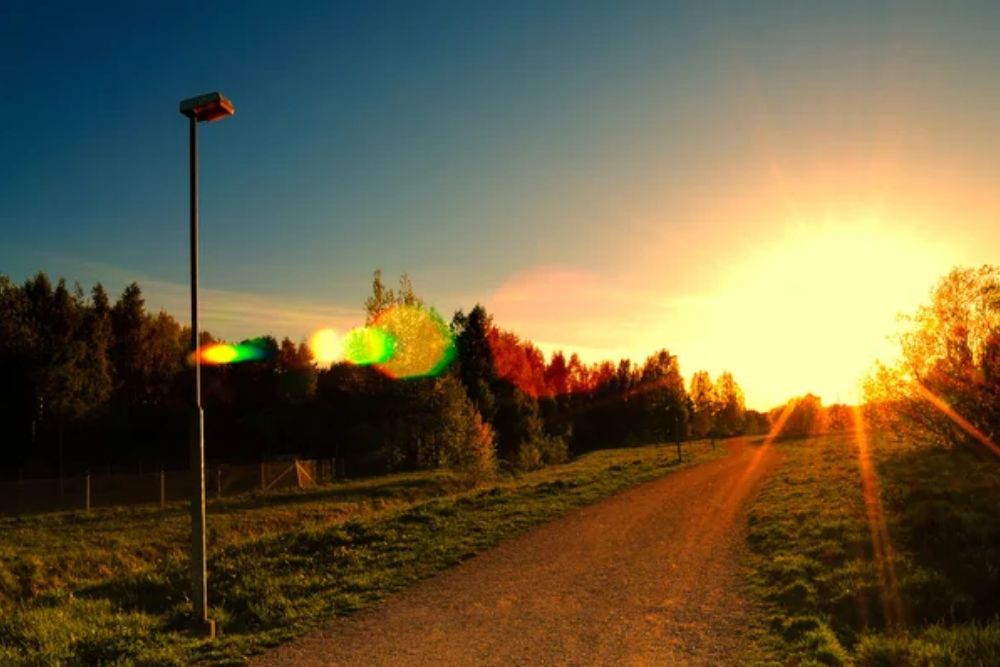
The hour after sunrise and before sunset creates magical lighting that makes everything look cinematic. This soft, warm light eliminates harsh shadows and adds a dreamy glow to landscapes and portraits, creating a serene ambiance.
Plan your most important shots during these times—your photos will thank you for the extra effort.
Like Travel Pug’s content? Follow us on MSN.
Research Your Destinations
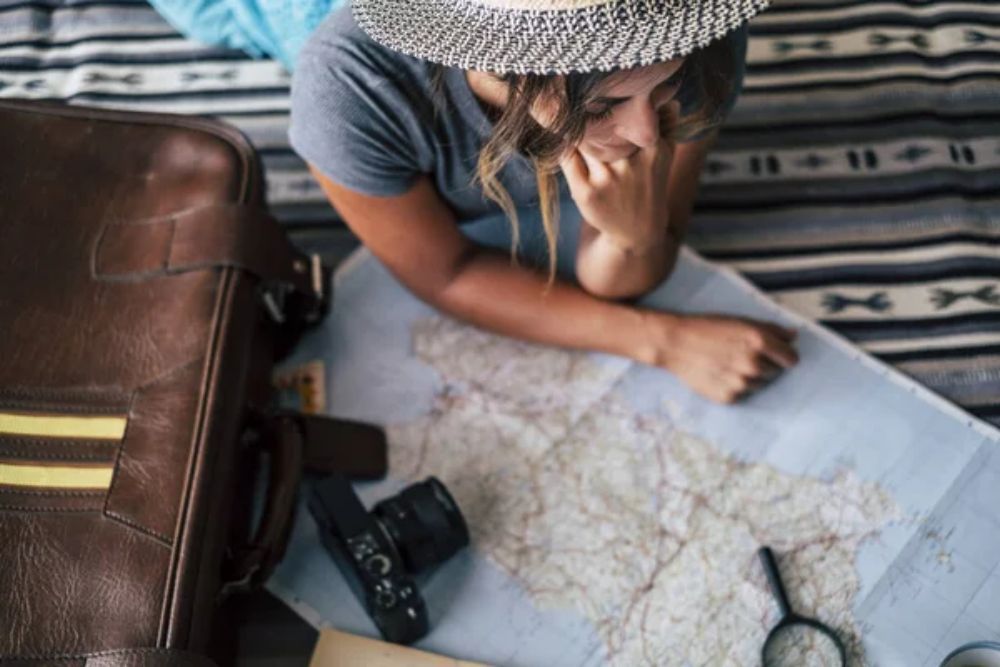
Spend time browsing photography websites and social media before you travel to scout potential shooting locations. This prep work helps you identify unique angles and lesser-known spots that other tourists might miss.
Local photography forums often reveal hidden gems that guidebooks overlook completely.
Shoot in RAW Format
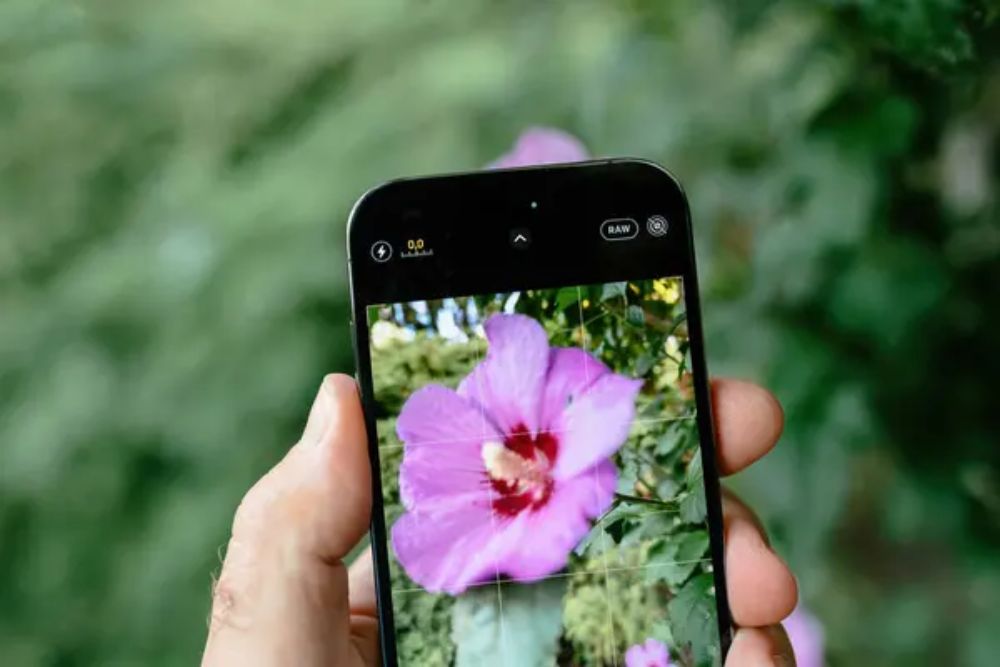
RAW files give you incredible flexibility when editing your photos later. Unlike compressed JPEG files, RAW format preserves all the image data your camera captures, allowing you to recover details from shadows and highlights.
Think of it as having a digital negative that you can develop in multiple ways
Focus on Foreground Elements

Adding interesting foreground elements creates depth and draws viewers into your images. A weathered fence post, colorful flowers, or textured rocks can transform a flat landscape into a three-dimensional scene.
This technique works especially well with wide-angle lenses.
Like Travel Pug’s content? Follow us on MSN.
Capture Local Life
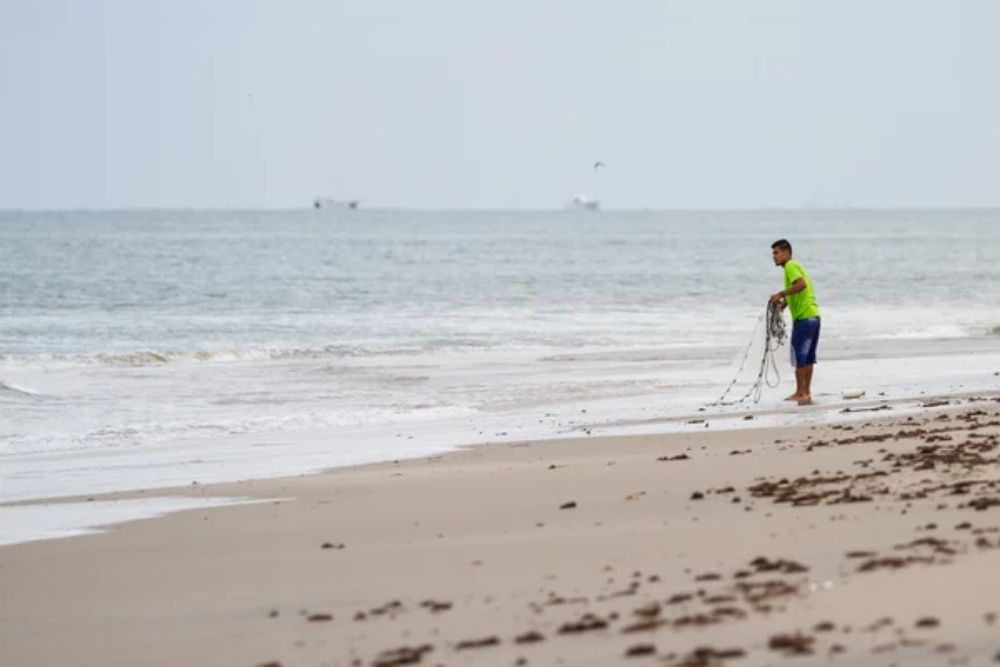
The most memorable travel photos often feature real people going about their daily routines. Street markets, coffee shops, and public squares offer endless opportunities to document authentic moments.
Always be respectful and ask permission when photographing people up close.
Use Leading Lines

Roads, rivers, fences, and architectural elements naturally guide the viewer’s eye through your composition. These leading lines create visual pathways that make your photos more engaging and dynamic.
Look for S-curves, diagonal lines, and converging elements in your scenes.
Experiment with Different Perspectives

Don’t just shoot everything at eye level—crouch down low or find elevated viewpoints to add visual interest. Getting low emphasizes foreground elements and makes subjects appear more dramatic.
Climbing stairs, hills, or even standing on a bench can reveal completely new compositions.
Like Travel Pug’s content? Follow us on MSN.
Keep Your Gear Clean
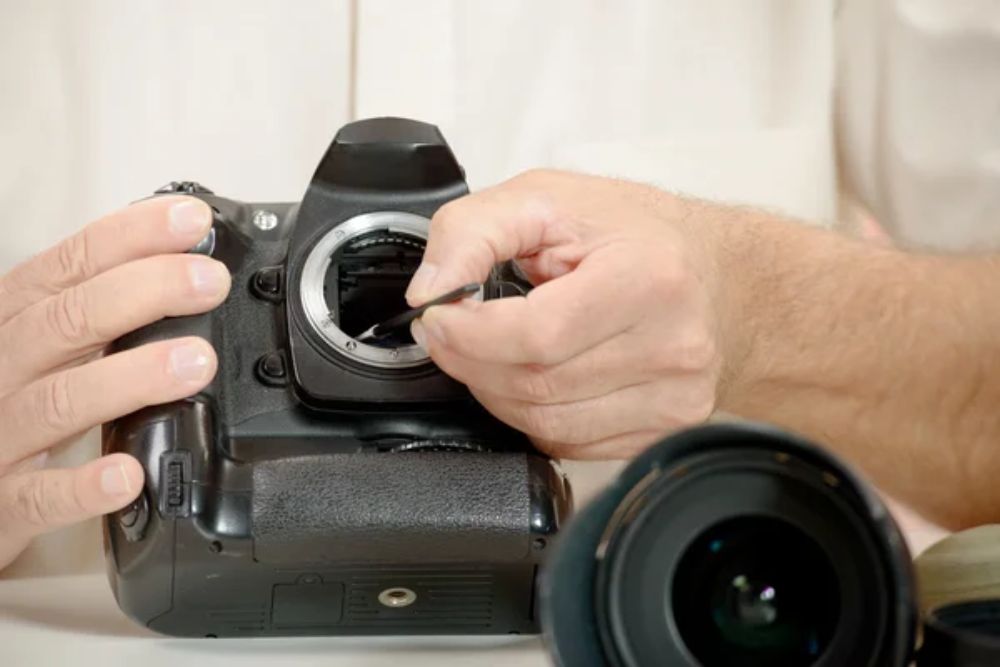
Dust, sand, and water spots can ruin otherwise perfect shots, especially when you’re traveling through diverse environments. Pack lens cleaning cloths and solution in an easily accessible pocket.
A few seconds of maintenance can save hours of editing work later.
Learn Basic Composition Rules
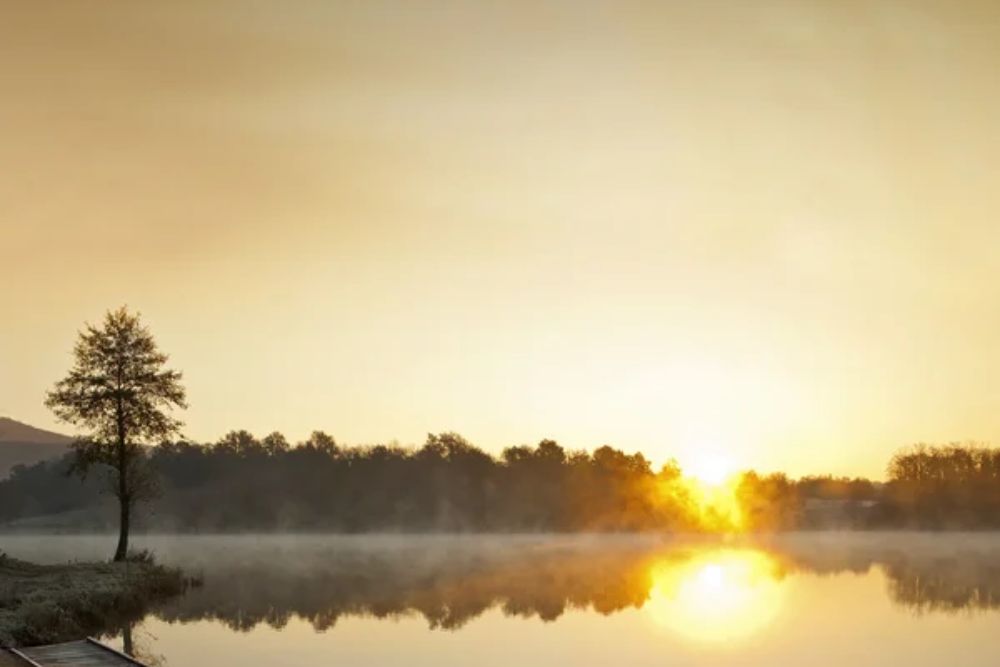
The rule of thirds is just the starting point—also explore symmetry, patterns, and framing techniques. Placing horizons along the upper or lower third of your frame usually creates more balanced images than centering them.
Natural frames, such as doorways or tree branches, add depth and context.
Shoot During Blue Hour

The period just after sunset creates a stunning deep blue sky that provides perfect contrast for illuminated buildings and city lights. This magical time lasts only about 20-30 minutes but produces some of the most striking urban photography.
Bring a tripod for sharp images in low light.
Like Travel Pug’s content? Follow us on MSN.
Tell a Complete Story

Don’t just photograph the famous landmarks—capture the journey, the food, the transportation, and the small details that made your trip unique. Wide establishing shots, medium detail photos, and tight close-ups work together to create a comprehensive visual narrative.
Your photo collection should read like a good book.
Use Natural Frames
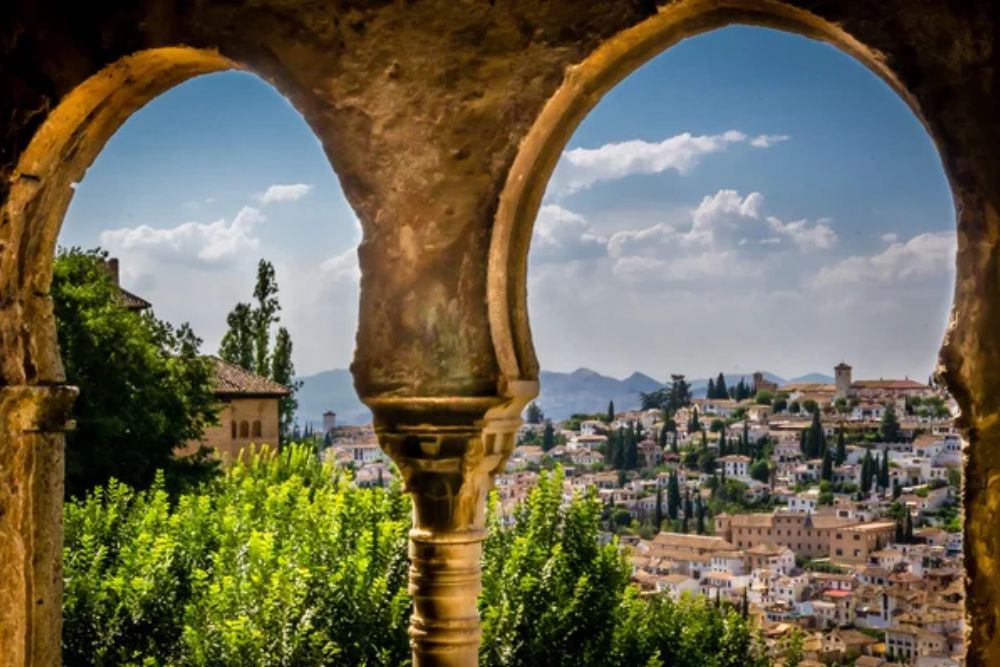
Look for archways, windows, caves, and overhanging branches that can frame your main subject naturally. These elements add depth and focus attention on what’s important in your composition.
Natural framing also helps separate your subject from busy or distracting backgrounds.
Embrace Bad Weather
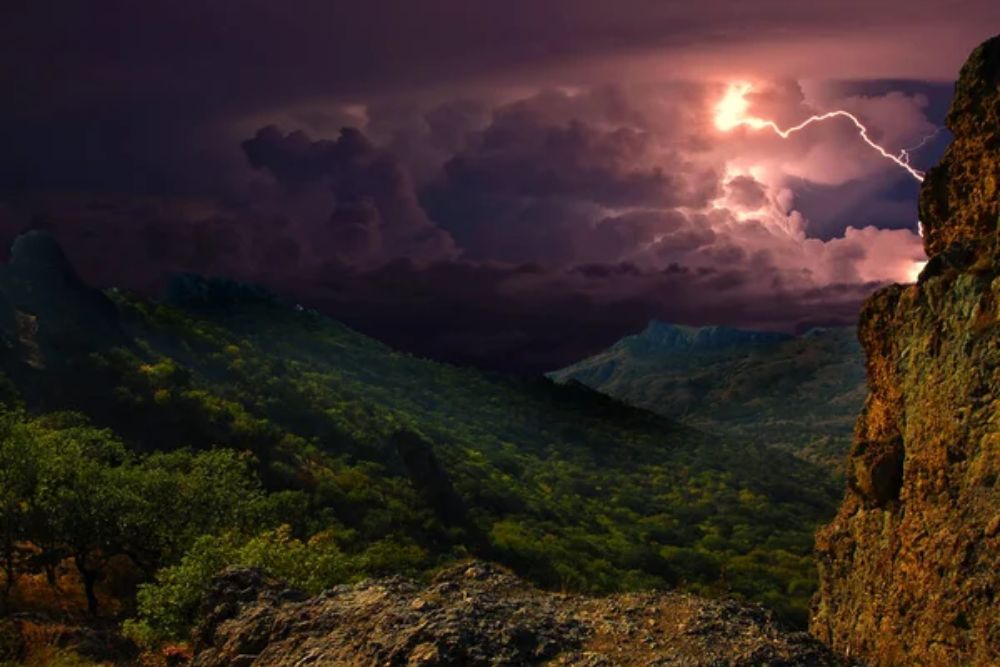
Stormy skies, fog, and dramatic clouds often create more interesting photos than perfect blue-sky days. Rain creates reflections and adds mood to street scenes.
Snow transforms familiar landscapes into winter wonderlands worth documenting.
Like Travel Pug’s content? Follow us on MSN.
Get Up Early

Tourist destinations look completely different in the early morning hours before crowds arrive. Empty streets, soft morning light, and peaceful atmospheres create opportunities for intimate, contemplative images.
Plus, locals are often more relaxed and willing to interact before the tourist rush begins.
Focus on Details

Wide landscape shots are beautiful, but don’t forget to capture the textures, patterns, and small elements that define a place. Weathered door handles, intricate tilework, local food presentations, and unique architectural details often create the most memorable images.
These close-up shots add richness to your travel story.
Understand Your Camera Settings
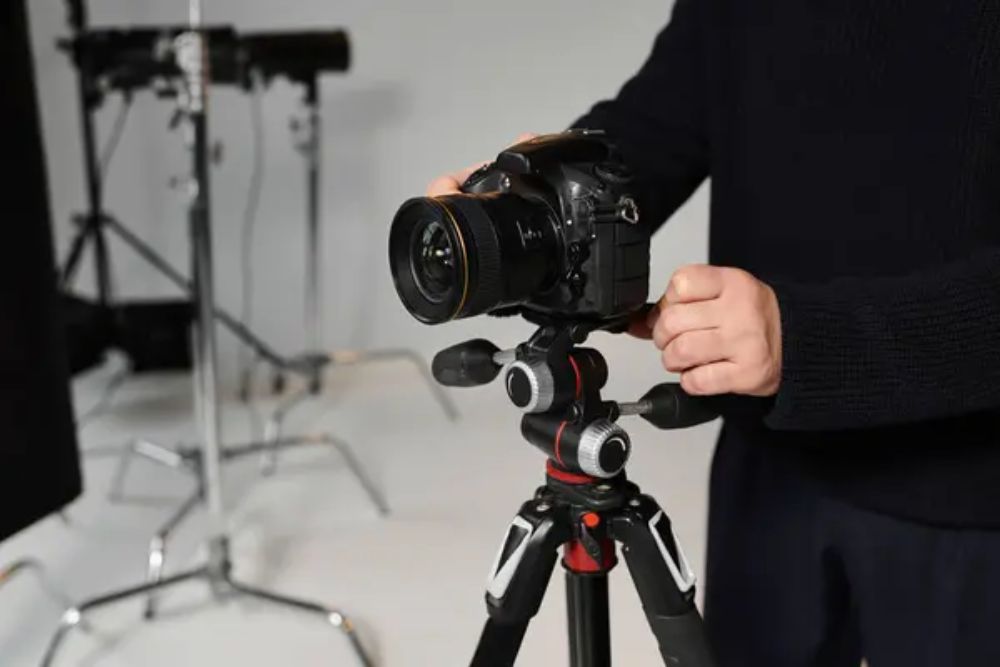
Learn to adjust ISO, aperture, and shutter speed quickly without fumbling through menus. Higher ISO settings help in low light but add grain—find your camera’s sweet spot where image quality remains acceptable.
Aperture priority mode works well for most travel situations.
Like Travel Pug’s content? Follow us on MSN.
Interact with Locals
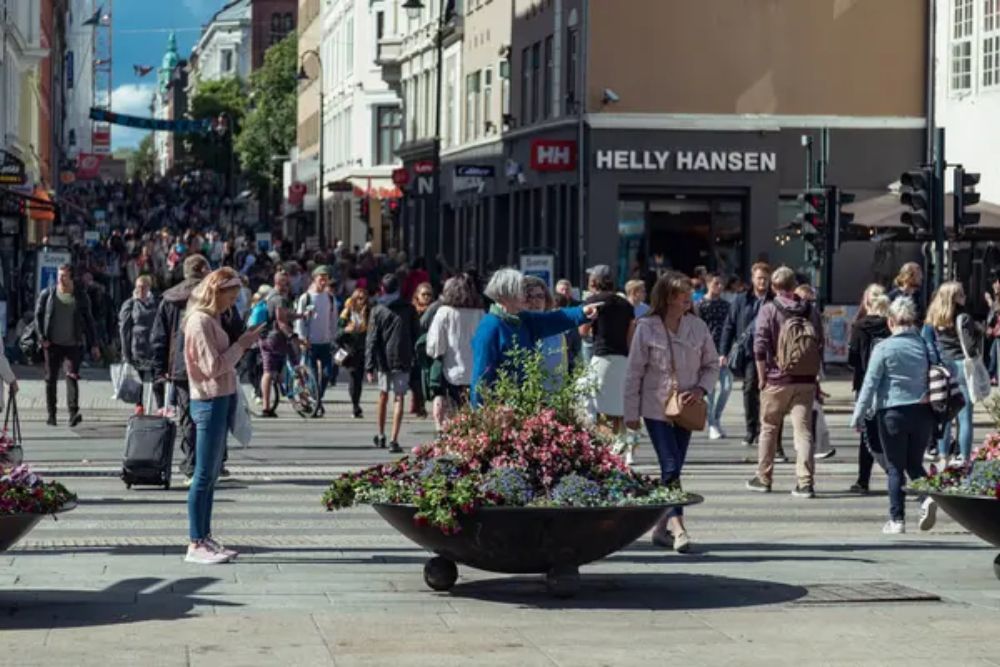
Friendly conversations often lead to photography opportunities and insider knowledge about the best shooting locations. Locals can direct you to festivals, markets, or scenic spots that aren’t in tourist guides.
Building genuine connections enhances both your travel experience and your photo opportunities.
Backup Your Images

Nothing ruins a trip faster than losing irreplaceable photos to a memory card failure or theft. Bring multiple memory cards and backup important images to cloud storage or a portable hard drive each evening.
Consider this as essential as packing your passport.
Edit with Restraint

Post-processing should enhance your images, not completely transform them into something unrecognizable. Subtle adjustments to exposure, contrast, and color usually produce the most natural-looking results.
Over-processed photos often look artificial and dated within a few years.
Like Travel Pug’s content? Follow us on MSN.
From Film to Phones
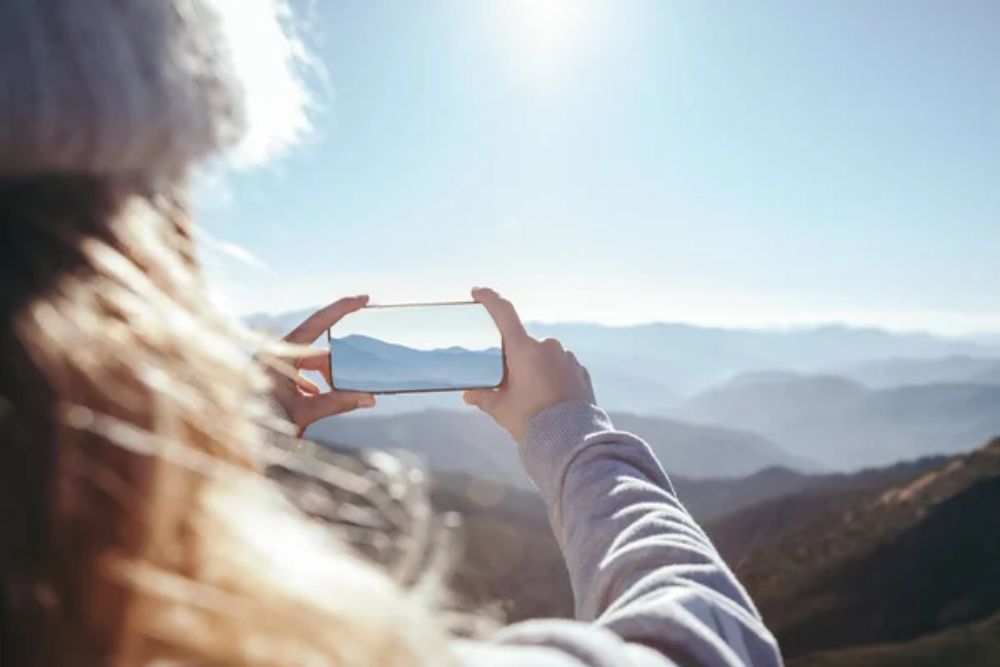
Photography has evolved a great deal from the days when tourists had to carry bulky film cameras with them and wait weeks to see the outcomes. A smartphone now can produce stunning photographs rivaling those taken by professional cameras a decade ago.
The principles of good composition and storytelling never vary, but the tools have never been more accessible. You can shoot the latest mirrorless camera or even just your smartphone to get what is most important: your own unique perspective on the world.
More from Travel Pug

- 20 Best Beach Towns in the Carolinas
- 13 Destinations Where Tourists Regularly Regret Their Trip
- 20 Destinations That Are More Magical Without an Itinerary
- 20 Underrated Adventures That Belong on Your Travel List
- 20 Cities Where You Should Just Wing It, No Planning Required
Like Travel Pug’s content? Follow us on MSN.
